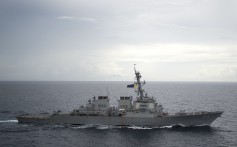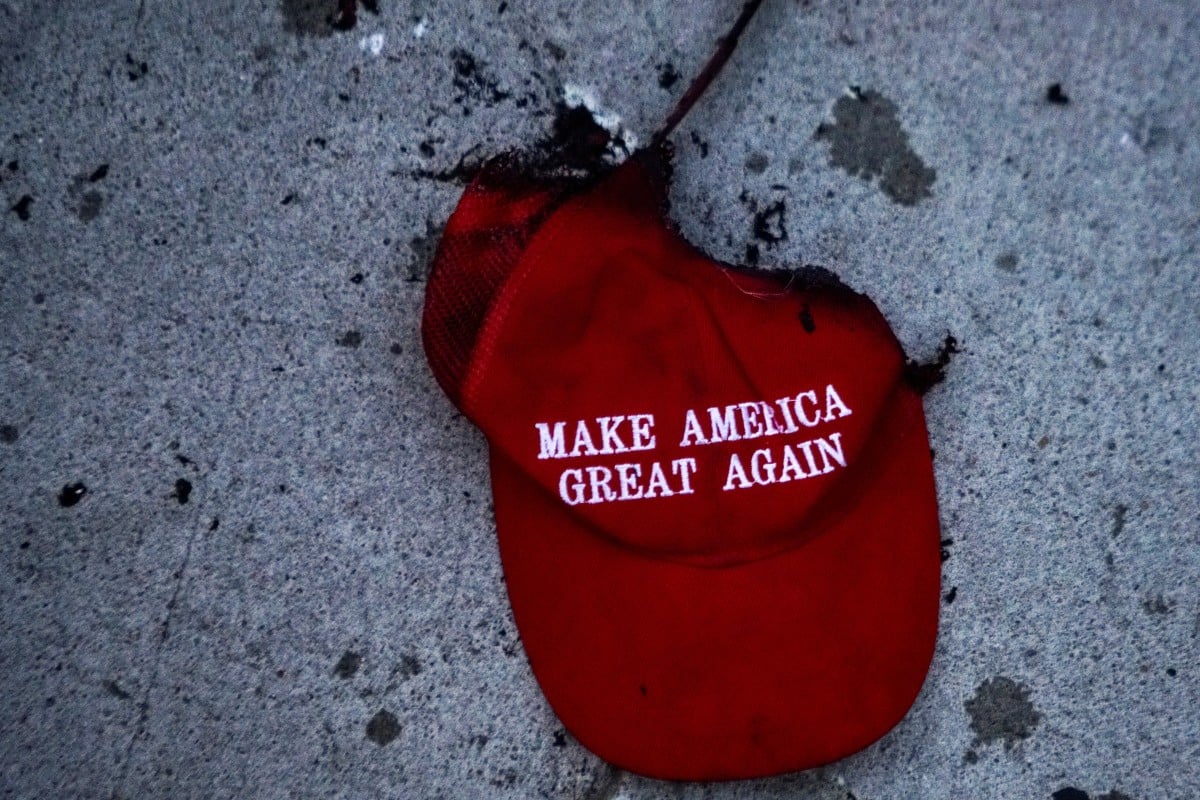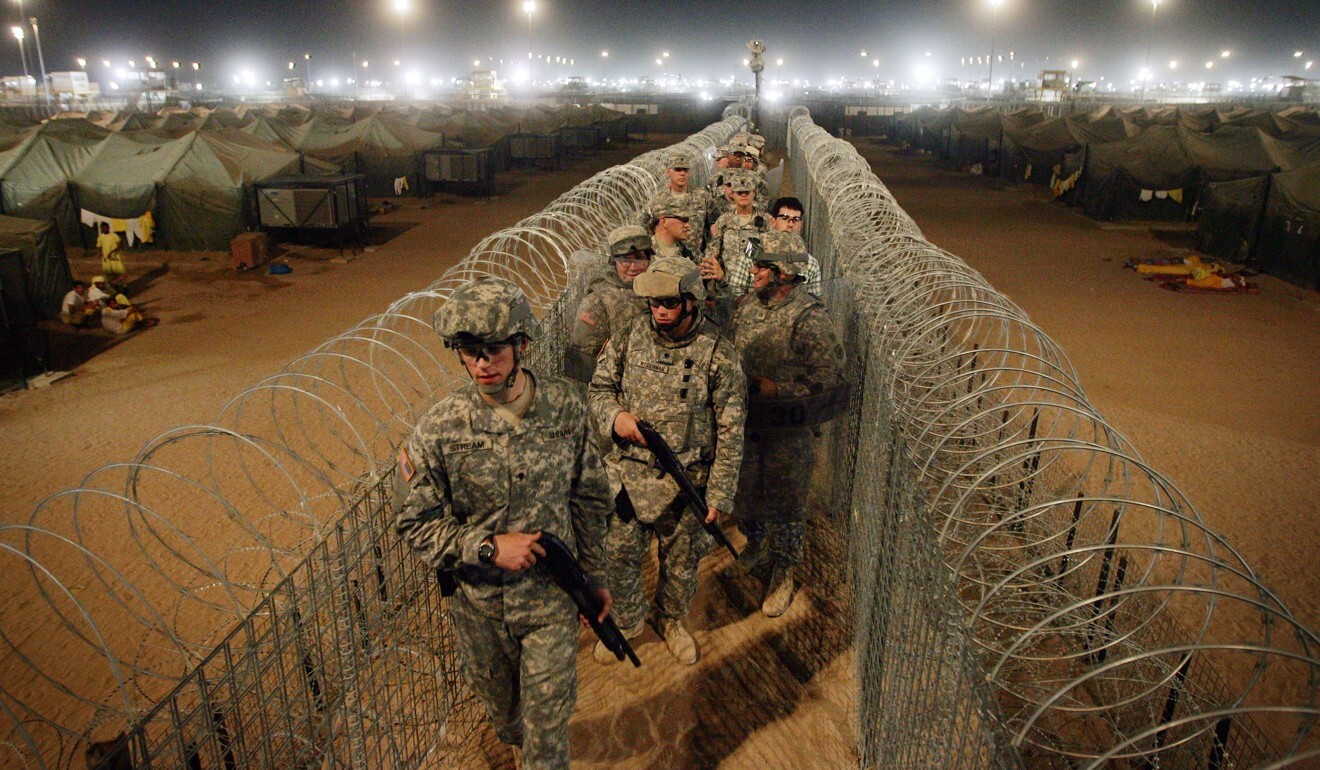South China Sea: If US spy planes were posing as airliners, it must explain why
Using a false civilian cover for spy planes may not be illegal but is dangerous and risks a major international incident. On this and undersea drones, the US owes the world more than studied silence
Mark J. Valencia Published:2 Oct, 2020

Illustration: Craig Stephens
The United States has made violation of the international order its mantra in bashing China’s behaviour in the South China Sea. But it now stands accused of violating that order by flying military spy planes under the civilian “false flags” of other countries while collecting intelligence on China’s defences. China claims the US has done this at least 100 times this year. This is only its latest accusation of US violations.
According to the South China Sea Strategic Situation Probing Initiative, between September 8 and 10, several US Air Force RC-135 electromagnetic signals detection and collection aircraft used identification codes assigned to Malaysian civilian aircraft while lingering in international airspace between the Hainan and the Paracel Islands. The planes took off from US bases on Okinawa and Guam.
Some allege that such purposeful impersonation violates the Convention on International Civil Aviation. All planes registered with the International Civil Aviation Organization (ICAO) are assigned a unique six-digit code which is automatically transmitted by their transponders when interrogated by air traffic control radar. This mainly ensures that planes maintain minimum separation.
In response to the allegation, General Kenneth Wilsbach, head of Pacific Air Forces, said: “I know we follow the rules for international airspace.”

Washington’s hardened position on Beijing’s claims in South China Sea heightens US-China tensions
If using a false civilian cover for spy planes is not against international law, it should be. In 1983, after a US spy plane crossed its flight path, a Korean Airlines airliner was mistaken for it and shot down by the Soviet air force, killing all 269 on board. At the very least, the practice is a dangerous departure from international norms and undermines confidence in the ICAO and its identification system
US Air Force Boeing RC-135W and E-8C intelligence collection planes have frames similar to the Boeing 707-200 civilian airliner, and sometimes follow commercial air routes. Their identification code is what helps to distinguish them on remote sensors.
When China spots a spy plane, its military assets probably go silent. But with a “false flag”, the spy plane may deceive them into continuing activity and communications can be monitored. Under international norms, civilian aircraft should not be shot. The US may be betting on this, ironically taking advantage of China’s adherence to international norms.
South China Sea: the dispute that could start a military conflict
11 Aug 2020


What is the strategic context and role of these spy planes? US-China
relations are tense and rapidly deteriorating. The US military “rebalancing” to Asia faces China’s naval expansion, rising capabilities and ambitions. China is developing what the US calls an anti-access/area denial strategy designed to control China’s near seas and prevent US access to them in case of a conflict.
The US response is to prepare to cripple China’s command, control, communications and computers, and intelligence, surveillance and reconnaissance (ISR) systems. This means ISR is the “tip of the spear” and both sides are trying to dominate this sphere over, on and under China’s near seas.

A rare at-sea look at China’s aircraft carrier the Liaoning and fighter jet training
A rare at-sea look at China’s aircraft carrier the Liaoning and fighter jet training
The target of these particular “undercover” ISR probes was probably
China’s nuclear ballistic missile submarines.
China has a base at Yulin on Hainan, and the South China Sea provides a relative sanctuary for these nuclear submarines, which are its insurance against a first strike: something the US – unlike China – has not disavowed. Some probes in, over and under the South China Sea focus on detecting, tracking and, if necessary, targeting China’s nuclear submarines.
China has long disagreed with US ISR probes in the South China Sea. Both countries also disagree over the regime of prior permission for marine scientific research in China’s exclusive economic zone as stipulated in UN Convention on the Law of the Sea (UNCLOS).
China accuses the US of violating that regime by deploying instruments without its consent to search for and track submarines in its exclusive economic zone. But the US holds that such activities are military surveys and thus exempt from consent.
This is a minority view in Asia. Moreover, the US is not party to UNCLOS and has little legitimacy or credibility in unilaterally interpreting particular provisions to its advantage.
Critics also claim this practice is an “abuse of rights” prohibited by UNCLOS. In sum, these US actions constitute a violation of the UNCLOS-mandated duty to pay due regard to the rights of coastal states.
These disagreements have resulted in international incidents when China tried to prevent US Navy survey vessels such as the Bowditch and submarine hunters such as the
Impeccable from undertaking missions in its exclusive economic zone without its permission. China also objects to US Navy P8 submarine hunters that deploy sonobuoys in their missions.
The US places a heavy emphasis on developing aerial, surface and underwater drones for missions that include ISR. Years ago, it was already deploying in the South China Sea “new undersea drones in multiple sizes and diverse payloads that can, importantly, operate in shallow water, where manned submersibles cannot”, according to then defence secretary Ashton Carter.
How the US, not China, is endangering peace in the South China Sea
4 Mar 2020


But UNCLOS requires that submarines – presumably including drones – operating within 12 nautical miles of a coastal state must surface and show their flag. Little detail is publicly known of the capabilities, missions and deployment of these drones and their adherence to international law and norms is questionable.
Rather than the studied silence from the US, the world needs a full explanation of these practices and how they do not infringe upon international laws and norms.
Until then, US demands that China uphold the international order ring hollow. Indeed, the US may not only be violating international norms but also setting the stage for a major international incident.

Mark J. Valencia Mark J. Valencia is an adjunct senior scholar at the National Institute for South China Sea Studies, Haikou, China

















